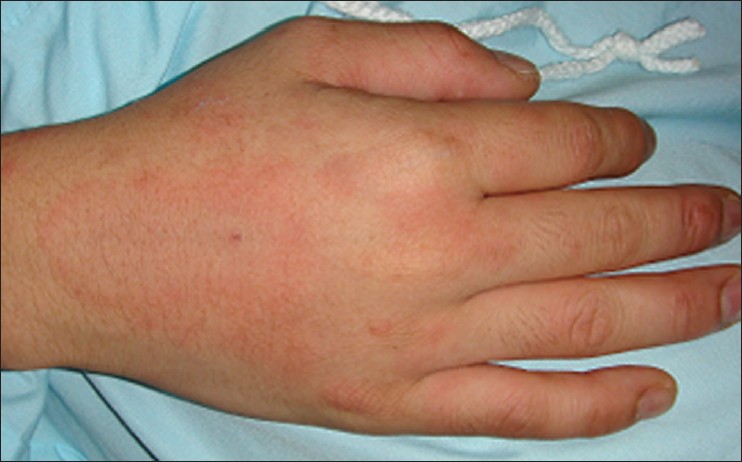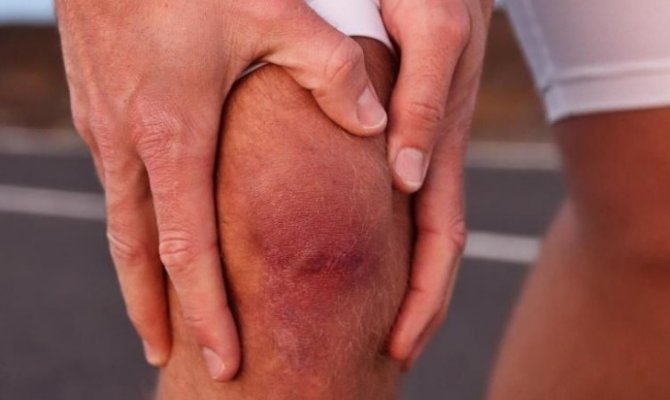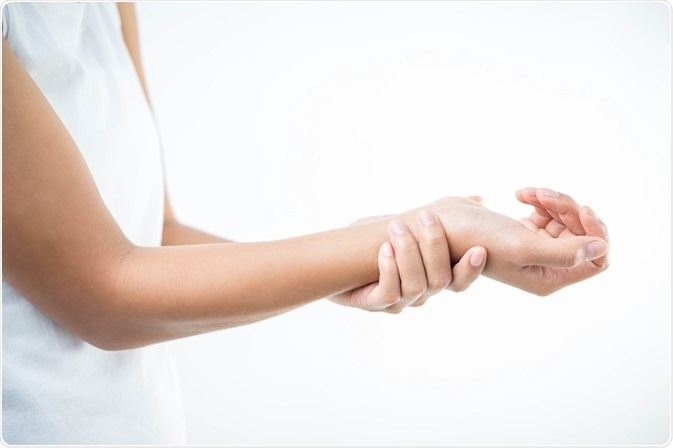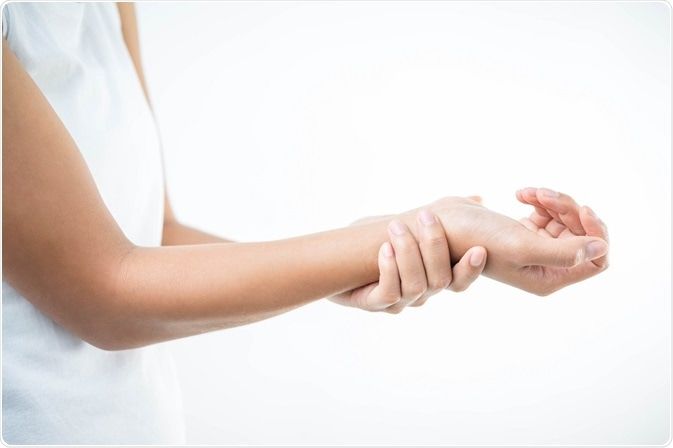Adult-onset Still’s disease (AOSD) is a rare form of systemic autoinflammatory arthritis affecting joints, internal organs and other body parts. It most often develops in people before the age of 45 but may also happen in later years. The Systemic onset Juvenile Inflammatory Arthritis (SoJIA) is the pediatric version of this disease. It is considered a type of juvenile rheumatoid arthritis in the children.
In this condition, the individual experiences rashes, fevers, fatigue and swelling in joints, organs, lymph nodes and tissues. The episodes of flare-up and remission may occur for just once, years later or multiple times within a few months. The disease can appear or disappear suddenly and never come back.
Know about the common signs and symptoms, causes and risk factors, complications, diagnosis and treatment of AOSD.
Common Signs & Symptoms

The symptoms of AOSD vary depending upon their severity, pattern and type. They may come and go. You may have a few symptoms and then later may have more. The common symptoms include:
-
Sore throat: One of the first symptoms, it can be persistent, severe and burning. The lymph nodes in the neck may feel tender and swollen.
-
Fever: It may be equal or more than 102 degrees and may occur at least once a day and peak in late afternoon or evening. Lasting for a week or longer, it may return to normal without treatment.
-
Joint inflammation: The pain, warmth and swelling may be felt in a few joints, especially knees and wrists. The morning joint stiffness often lasts for many hours. The shoulders, hands, ankles and elbows may also feel painful. The joint discomfort usually lasts for at least two weeks.
-
Rash: A salmon-colored skin rash usually comes and goes along with fever. It doesn’t usually itch. The flat spots and small, raised bumps may appear on torso, upper arms, face and legs.
-
Muscle pain: It usually ebbs and flows with fever but the pain can be severe enough to disturb the day-to-day activities.
The signs and symptoms are similar to other conditions such as lupus and a type of cancer known as lymphoma. The other symptoms of AOSD are unexplained weight loss, swollen glands, pain during deep breathing, and abdominal pain and swelling.
Lung, heart or liver inflammation may also be experienced and complications include chronic arthritis in several joints.
Complications of This Condition

Majority of the complications from adult onset still’s disease are a result of chronic inflammation of organs and joints.
-
Joint damage: A chronic inflammation can be damaging for joints. The most commonly involved joints are wrists and knees. Your hip, foot, finger and neck joints can also become affected.
-
Macrophage activation syndrome: This rare and potentially fatal complication can lead to low RBC counts, abnormal liver function and very high triglyceride levels.
-
Heart inflammation: AOSD can cause inflammation of saclike covering of heart (pericarditis) or of muscular portion of heart (myocarditis).
-
Excess fluid near lungs: The inflammation may even cause fluid build up near the lungs, making it hard to deep breathe.
Causes & Risk Factors

The cause of AOSD is not known but it is assumed that the condition may be related to certain antigens, substances which cause body to produce antibodies to fight infection. According to some researchers, the condition is triggered by viral and bacterial infection.
Age could be a possible risk factor and people around 15-25 and 36-46 are at a high risk of having this condition. Men and women both have equal risk.
Diagnosis of Adult Onset Still’s Disease

The Adult Onset Still’s disease is hard to diagnose and has similarities with other diseases such as Lyme disease, Crohn’s disease and certain other infections. Before confirming the diagnosis, the doctor will rule out other problems.
The medical history and physical examination are the early stages. Various blood tests may be needed to check for inflammation, liver enzymes, iron levels and changes in blood cell counts. The imaging tests help in checking for inflammation or enlargement of certain organs.
A person who has AOSD will have blood test results with:
- High ferritin and fibrinogen
- High liver enzymes
- High white blood cell (WBC) count and low red blood cell (RBC) count
- Negative rheumatoid factor
- High C-reactive protein
- Negative antinuclear antibodies
- High erythrocyte sedimentation rate (ESR)
When it comes to imaging tests, more than one imaging test may be carried out such as abdominal ultrasound or CT or X-rays of chest, joints or abdomen. These tests check if you have an inflamed heart lining (pericarditis), joint inflammation or damage, enlarged spleen or liver or lymph nodes and fluid buildup between the lining of lungs and chest cavity (pleural effusion).
Treatment of AOSD

The doctors recommend several drugs for treating Adult Onset Still’s disease. The drug type depends on severity of symptoms and if you have any side effects.
-
Nonsteroidal anti-inflammatory drugs (NSAIDs): Over-the-counter NSAIDs like ibuprofen or naproxen sodium can help in relieving mild joint pain and inflammation. Stronger NSAIDs are available by prescription.
-
Biologic response modifiers: The drugs like infliximab, adalimumab and etanercept are known to be effective. When other medications don’t work, your doctor may ask you to try out anakinra, tocilizumab or rituximab.
-
Steroids: Most of the people having AOSD require treatment with the use of steroids like prednisone. These powerful drugs reduce the inflammation.
-
Methotrexate. The medication called methotrexate is often used along with prednisone. This allows the prednisone dose to be reduced.
-
Apart from these medications, you should also make lifestyle changes.
-
Supplementing the diet: If you take heavy doses of prednisone, consult with a doctor regarding more calcium and Vitamin D intake in order to prevent osteoporosis.
-
Be physically active: Even though you might not feel like doing any physical workout, exercise is still recommended for all types of arthritis. Exercise helps in maintaining the range of motion and relieving the stiffness and pain. But perform them only under an expert’s guidance.
Image Source:
1) e-ijd
2) instructor
3) medical
4) healthline
5) amerios

